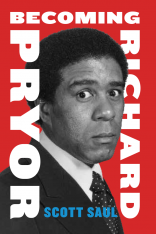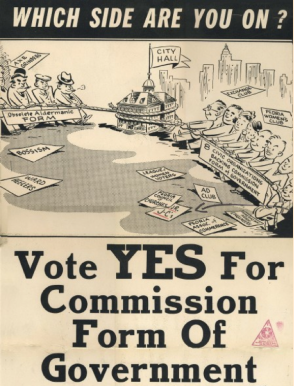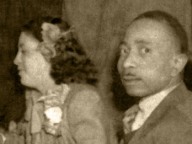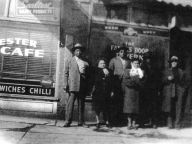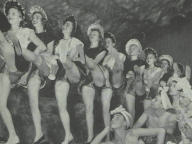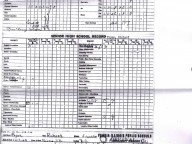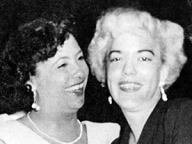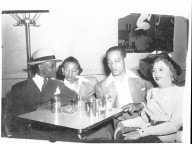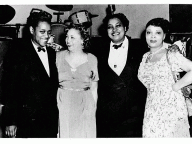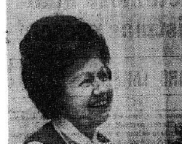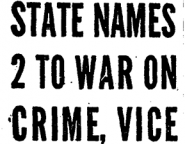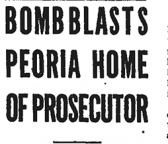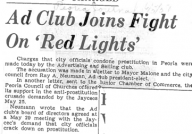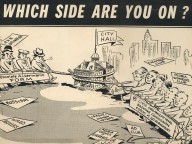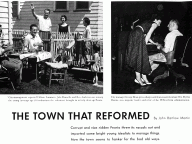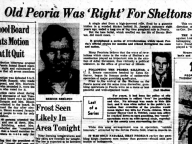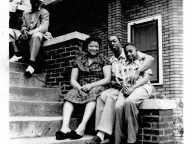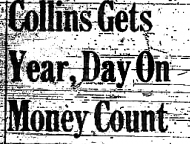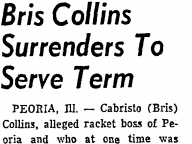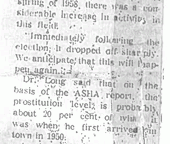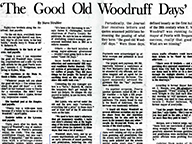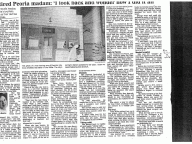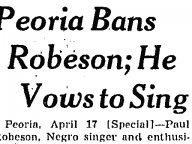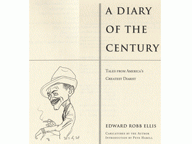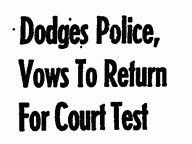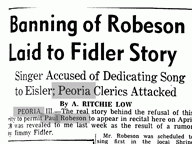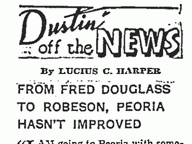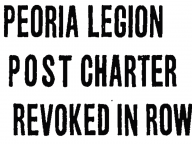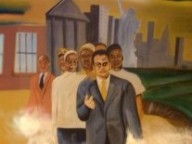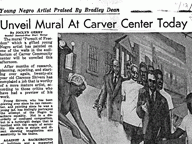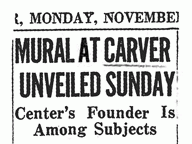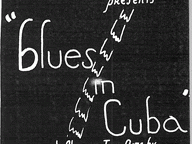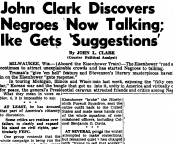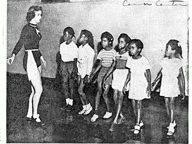1946–1952: Reformers on the March
The close of World War II took the lid off the conflict—between those who wanted to reform Peoria and those who wanted to keep it a “wide open town”—that had simmered during the war. That battle grabbed headlines through the late-1940s, as the cash-greased alliance between Peoria’s underground operators and local law enforcement was exposed to light.
Richard Pryor’s relatives were more than bystanders to this conflict. Their old neighborhood of North Washington Street was targeted for demolition, part of the reconfiguration of the city by those who hoped to modernize it. By 1953 Richard’s grandmother had left the red-light district behind and moved to a “whiter”part of town in the upper reaches of SW Adams Street—a decision with serious consequences for Richard, as he suddenly found himself in a new school and one of the only black children there.
A Gunshot That Carried
The efforts of Mayor Carl Triebel to shut down gambling in Peoria caught a major boost when, in April 1948, a sniper hidden in a thicket shot and killed Bernie Shelton, who ran much of the “sneak” gambling that had survived the mayor’s crackdown. As a result of her husband’s untimely death, Shelton’s wife released to the press a bombshell: a taped conversation of a representative of the state’s attorney soliciting a bribe of $30,000 from her husband.
Suddenly the ‘special arrangements’ of Peoria’s old political order were impossible to ignore: the state’s attorney and sheriff were indicted by a grand jury, and a newly appointed set of state officials moved to Peoria to eliminate corruption root-and-branch.
Some elements resisted the reformers’ efforts—in 1949 a bomb detonated at the home of a state prosecutor—but the cause of reform had more momentum than ever. Having eliminated organized gambling by the early-1950s, reformers put their efforts next into an “anti-prostitution crusade” that focused upon the twenty-some brothels that still operated in the city.
Paul Robeson and Anti-Communist Peoria
Alongside the cause of “reform” was another, one less particular to Peoria: the cause of anti-Communism. Peoria was roiled, like cities across America in the immediate postwar years, by the onset of the Cold War. “Anti-Communists” on the right of the political spectrum clashed with “progressives” who imagined that, by building stronger unions and expanding civil rights, they were carrying on the spirit of the wartime fight against fascism.
In 1947, a scheduled concert by black singer Paul Robeson, organized by a local NAACP official, proved a symbolic flashpoint. Peoria’s whites-only American Legion chapter put pressure on the concert hall’s operators, who canceled it. Peoria’s city council went on record with a resolution intended to prohibit Robeson from performing. Fourteen policemen were posted at Peoria’s train depot to keep Robeson from getting off in town, ostensibly because officials feared that his appearance there would cause a riot. (Robeson later said that a lynching, rather than a riot, was in the works.)
Robeson snuck into Peoria in a car, but his only audience was a private one at the home of a friend from the union movement—an indication of how the anti-Communist crusade made it difficult for performers on the left to do the public work of community building. The involvement of the city council in Robeson’s banning also suggests a link between the cause of reform and the cause of anti-Communism: for the business-affiliated members of the reform coalition, the sort of activist unions that Robeson promoted were considered a threat to workplace peace, and therefore “un-American.”
As the Cold War deepened in the late-1940s, the more radical impulses that sometimes stirred Peoria’s political landscape were pushed—as in the Carver Center mural that Richard Pryor faced as a performer—to the background.
